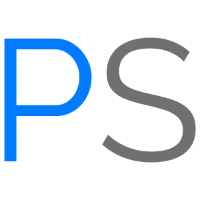PreScouter Case Study: Next-Gen Infection Control Technologies

The following is a case study report of the work that was carried out by PreScouter for a client in the infection control technology sector. About the client: The Client was working within the technology sector of infection control and wanted to develop a new product within two to three years. Unlike some larger clients, the Client was a medium-sized company that had to maintain a strong competitive advantage over similar product lines within their space. Inquiry: The Client approached PreScouter to understand the technology landscape of next generation infection control techniques. Tight constraints were placed in the statement of work, which required late-stage technologies that the Client could develop internally. PreScouter determined that the ideal solution would be technology that could be captured by intellectual property. Methodology: PreScouter segmented the workflow to identify two specific technology reports. The fi...
